|
You may remember our posts from last year about coming to the realization that we had a colony of great blue herons nesting nearby - Dinosaurs Across the Cove, May 31, 2018 and Seeing Through a Lens, June 28, 2018 - where we discovered that the racket we were hearing across the cover was not the result of a single nest of herons. Instead, over the course of a week's observation from a kayak drifting along the edge of the water, we found a dozen active nests. This young heron was practicing the new-to-her art of fishing just below her nest one of those mornings and allowed me to drift close enough to capture this image. Well, they are back in full force. The colony continues to thrive. Outings in May and June this year spotted nine active nests along the shoreline with more obvious activity just out-of-site behind the tree line. Sometimes you can hear them when you cannot see them. In my first outing this year, I was greeted by a young heron in the same location as the photo above and, not 30 feet away, a cormorant just like the one below sitting on this same log. It was a perfect welcome back moment. (See The Launch, July 12, 2918). Both sat quietly as my kayak drifted closer. A repeat from last year when I found both spots similarly occupied on the same morning. It was a "deja vu all over again" moment as Yogi Berra would have said. Except this year there was a difference. As I looked toward the shore behind the heron, an adult heron walked out to join it's charge. A fishing lesson was in process. Here is wishing you a great 4th of July week. Enjoy a heron audio clip from Audubon.org. Worth a short listen. My imagination tells me these calls include much of what we might have heard during the Cretaceous Period if we could get close to the heron's ancestors - other colony sounds. Let me know if you do not think they sound somewhat other worldly. -----
All photos and text are copyright Clinton Richardson. If you like these posts, please tell your friends about the Venture Moola blog at Readjanus.com. For more photos, check out at Trekpic.com. Feel free to share this blog. The more readers the better. Click here if you would like to get a weekly email that notifies you when we release new entries. Or, click in the side column to follow us on Facebook or Twitter. Would you like to take a trip of a lifetime? How about an African safari where you can see exotic animals in the wild in abundant numbers and with comfortable accommodations? What if your trip helped preserve the very wildlife you see and its threatened habitat? And, what if it also helped the indigenous people of the area preserve their way of life? Would it help persuade you if your outfitter could walk you through the planning process, help with travel arrangements and provide on the ground representatives to make your in-country travel seamless? Would you be more likely to go if the head of your outfitter helped create the very conservancy concept that makes this possible? If you think you might, read on while we describe how to make just such a rewarding and environmentally supportive adventure. Take a safari like the one we just described in our recent 28-episode Safari Series. And experience the best trip of your life while helping preserve Africa’s wilderness. Planning your own safari. Planning your own trip is easy really. Just contact Gamewatchers Safaris through their website at porini.com or by get in touch with one of their expert representatives. We worked with Wayne Hammond ([email protected] / in UK +44 (0) 7986 978985) and had a great experience. Friends have worked with Julie Roggow ([email protected] / in U.S. 1-877-710-3014) and rave about how helpful she is. Either would be a good choice to work with. Rather know more before you talk with someone? Check out the Gamewatchers’ website planning page or have a free planning guide at sent to you. Why we chose Gamewatchers Safaris. But why travel with Gamewatchers to their conservancies? Why not use another outfitter in Africa? There are lots of reasons that fit into two general categories. The first are the selfish reasons that relate to the quality of your safari experience. The other relate to the impact your travel makes on the region, reasons related to being environmentally conscious and supportive. First, the selfish reasons. You get a great experience. I think the proof of that is in the safari we took and documented in our recent Safari Series. Check out any of our 28 adventures recorded from our 12-day trip. Forgotten our trip? Sample some of these days we traveled with Gamewatchers. Safari 1: The Hunt Safari 3: Tented Camps and Conservancies Safari 4: Passports in his Underpants Safari 5: Night Lions to Amboseli Safari 7: Pooh on You Safari 9: The Maasai Safari 11: Crash in the Grass Safari 17: Distracting His Highness Safari 18: How to Eat a Tree Safari 19: Hunting with Children Safari 24: Searching for Figlet You get a superior viewing experience. Seriously. In the conservancies, the number of tents are limited per acre to keep the number viewing tourist numbers down. No more than one tent per 700 acres and no more than 12 tents in a single camp. So, you see more animals with fewer sightings of other vehicles. You view the animals on drives in six passenger open safari vehicles that give you an unimpeded view. And in the conservancies, the vehicles are permitted to go off road to where the animals are. So, you get close. In the National Parks, which abut the conservancies, this is not possible. But you do not miss the national parks. You will be able to view in both locations while visitors to the national parks are not invited into the conservancies. Amboseli National Park was spectacular and highlight of our trip. The accommodations are first rate. Yes, you stay in tents but the tents are spacious, floored and come with their own bathroom and shower. Yes, the showers are gravity showers but we never had problems with temperature or volume of water. Each of our tents also had two beds (with bedsteads), one a single and the other a full size. Bedside tables with lamps and a writing table were standard fare. Each also had a covered porch with two chairs. And, the food is five-star served in spacious dining tents each day where you get a chance to share stories with other guests. Before dinner, many of us sat outside around a fire pit to enjoy the evening and one another’s company. You will find the people as enjoyable as the wildlife viewing. And by that, I do not mean just the other guests. The staff were extremely cordial and engaging made up almost entirely of local Maasai, the same people who lease the conservancy land to Gamewatchers. It's good for the wildlife and more. As if all of that was not enough, you can take this trip and have this grand experience with a clean conscience. It all is extremely eco friendly and your travel dollars go a long way to expand wildlife habitat in Africa and support the local Maasai community who owns the conservancy land. This is all the brainchild of Jake Grieves-Cook and others like him who came up with the conservancy concept as a way to help local tribes by making them partners conservancy projects that expand protected wildlife habitat beyond the borders of the National Parks. For more than 20 years, Jake has been working to expand wildlife habitat and promote the interests of the local Maasai. Here is how the model works. Jake and his Gamewatchers Outfitter (www.porini.com) lease land directly from the Maasai that they set aside as game conservancies. Gamewatchers agrees to strict density limits and set up tented camps in the conservancies. Tourists visit the camps and provide the revenue to pay the Maasai. The Maasai receive regular rent payments for the leased land. The camps also employ the local Maasai to run the camps and provide the guides. The result is more habitat, employment and revenue for the Maasai, more wildlife in the conservancies, and a premium wildlife viewing experience for visitors. It all works if enough of us visit and support this remarkable conservancy model. Make your plans. So, take the leap. Plan a safari and have one of the best experiences of your traveling life. But, do it with Gamewatchers Safari and help preserve the wild African experience for future generations. In case you forgot, here is how to plan a trip with Gamewatchers. Just contact Gamewatchers Safaris through their website (at porini.com) or get in touch with one of their expert representatives. We worked with Wayne Hammond ([email protected] / in UK +44 (0) 7986 978985) and had a great experience. Friends have worked with Julie Roggow ([email protected] / in U.S. 1-877-710-3014) and rave about how helpful she is. They will tell you everything you need to know to plan a great trip. Rather know more before you talk with someone? Check out the Gamewatchers’ website planning page or have a free planning guide at sent to you. Either way, have a great trip! ----
All photos and text are copyright Clinton Richardson. The images are from the author's Safari Collection at Trekpic.com. If you like these posts, please tell your friends about the Venture Moola blog at Readjanus.com. Want to plan your own safari? If so, feel free to check out the outfitter we used at Porini.com. And, feel free to share this blog. The more readers the better. Click here if you would like to get a weekly email that notifies you when we release new entries. Or, click in the side column to follow us on Facebook or Twitter. Sorry to miss last Thursday but I was on the road, traveling to Missoula and more remote parts of Utah. More about that in later postings. For now, just this quick note to let you know this coming Thursday I will be answering two questions raised by many during the Safari Series postings we have recently completed. Those questions are how do I plan my own safari and can I do it in an environmentally friendly way? Thursday we will answer both questions in detail. If you ever considered taking a safari of your own, do not miss this Thursday's entry. ----
All photos and text are copyright Clinton Richardson. The images are from the author's Safari Collection at Trekpic.com. If you like these posts, please tell your friends about the Venture Moola blog at Readjanus.com. Want to plan your own safari? If so, feel free to check out the outfitter we used at Porini.com. And, feel free to share this blog. The more readers the better. Click here if you would like to get a weekly email that notifies you when we release new entries. Or, click in the side column to follow us on Facebook or Twitter. Airing out her wings on a termite mound overlooking the vast grasslands of the Maasai Mara, this vulture repeats a process her distant ancestors practiced in this same spot. As we watched this afternoon, she walked and bounced back and forth across the mound surveying the plains while she aired out her wings. Modern paleontologists have firmly established a direct link between modern birds and ancient dinosaurs. They are part of the family. Some can draw a direct link to flying dinosaurs of the Cretaceous Period that ended some 65.5 million years ago. Others follow from dinosaurs who took flight only after the end of the Cretaceous Period. If you finished school more than ten years ago, forget what you learned about dinosaurs. Modern scientists using tools undreamed of decades ago are unlocking secrets about dinosaurs at a rapid rate. The unique breathing system of birds that enables them to extract oxygen as they inhale and exhale was developed by their dinosaur ancestors. How did grazing dinosaurs reach sizes unheard of today? You guessed it. Part of what enabled such grand sizes was the dinosaur's more efficient breathing system still used today by birds. But birds do not look like dinosaurs. Think again. Many dinosaurs, scholars now know, sported feathers of one sort or another. Even the giant T-Rex with teeth the size of railroad spikes had primitive feathers. And if you think there are no worthy avian heirs to the ferocity of T-Rex think again. The common ostrich, shown above, has leg muscles and claws powerful enough to dispatch a lion. But all dinosaurs were not T-Rex. For hundreds of millions of years, dinosaurs ruled the planet not by being fierce but by being adaptive and filling every available niche in the environment. Which is why Kenya is the perfect place to connect with our modern dinosaurs. In Kenya, birds fill nearly every available niche including more than 1,100 different species. That is more species of bird in one country than in all of North America. If you want to see dinosaurs, then this is the place to be. Everything from vultures to ostrich to spoonbill are here. So too are lilac breasted rollers, kori bustards, kingfishers, pelicans, secretary birds, eagles, hawks, Egyptian geese, and many more. Here are just a few who crossed our path on Safari. Some will look familiar. Others will not. _ _ _ _ _
All photos and text are copyright Clinton Richardson. The images are from the author's Safari Collection at Trekpic.com. If you like these posts, please tell your friends about the Venture Moola blog at Readjanus.com. Want to plan your own safari? If so, feel free to check out the outfitter we used at Porini.com. And, feel free to share this blog. The more readers the better. Click here if you would like to get a weekly email that notifies you when we release new entries. Or, click in the side column to follow us on Facebook or Twitter. Time for a break from Africa to reflect on advancements in paleontology and the modern understanding about what's flying around in your backyard. It turns out that not all of the dinosaurs met their demise in the great extinction that ended the Cretaceous Period some 66 million years ago. Surprised? Consider checking out a new book by the University of Edinburgh's Steve Brusatte that provides a good summary of how modern science has revolutionized our understanding of dinosaurs, what caused their sudden extinction (after 200 million years of predominance on our planet), and how one group of dinosaurs survived to rule the earth's skies. Steve's book, The Rise and Fall of the Dinosaurs - A New History of a Lost World, is available at Amazon.com and elsewhere. Decades of dinosaur bone finds, advances in technology and the abilities of high-powered computing have rendered what I learned about dinosaurs in school obsolete. Serious students of the subject no longer understand dinosaurs to be the slow moving, cold blooded creatures we were taught had somehow unwittingly managed to dominate our planet for ages until they mysteriously disappeared. Today, we understood dinosaurs were warm blooded creatures of great diversity who managed to fill just about every ecological niche available on our planet's landmass. They survived long enough to witness the break up of the earth's giant continent Pangea into the multiple continents that make up today's globe. They dominated the planet for so long that it is hard to contemplate. And their demise 66 million years ago was not caused by some fundamental flaw in their makeup. Instead, it took a freakish cataclysmic event - the collision into the Yucatan Peninsula of a deep space object the size of Mt. Everest. This asteroid was traveling with such force and speed that it drove itself 25 miles below the earth's crust and into the earth's mantle. Known as the Chicxulub asteroid, this object likely hit at a speed one hundred times faster than a jet liner and released the force equivalent to "a billion nuclear bombs' worth of energy." Enough force to change the planet's landscape into a barren wasteland alive with volcanic activity. It's the stuff of disaster movies only it actually happened, Fortunately for us, our nascent ancestors were small creatures at the time, likely living underground or in niche circumstances that somehow enabled them to survive the ages of nuclear winter that followed. Another survivor, surprisingly to some, were the airborne cousins of the ferocious velociraptor, what we commonly call birds today. Of course, this was not always the accepted view. When we were kids, dinosaurs were fascinating but no one connected them to birds. But now, paleontologists can tie unique physiological features of birds to ancient dinosaurs. It turns out that some of the things that make birds capable of flight are the very features that enabled ancient sauropods and therapods (think the gigantic brachiosaurus and tyrannosaurous) to become so incredibly large. Steve Brusatte catalogs several genetic qualities that made it possible for these dinosaurs to become so large and for birds to fly. First and foremost is a unique system for breathing that is more efficient and lightens the weight of the creature's bones. Sauropods, therapods and birds can extract oxygen from the air both when they inhale and exhale making them highly efficient breathers. Air sacs in the bones of these creatures capture air as it is inhaled and when exhaled provides oxygen for absorption. It is more efficient that what we mammals have. It also makes bones lighter and easier for birds to dissipate heat. Could the ability to travel great distances quickly through the air and dissipate heat quickly be the advantages that enabled the dinosaur-birds to survive the cataclysm of 66 million years ago that killed off most of their relatives? Will these advantages keep them alive through the next mass extinction? And when that cataclysm comes, will we all wish we were birds? _ _ _ _ _
Next week back to our safari series with Safari 16: How Many Wives Would You Like to Have? All photos and text are copyright Clinton Richardson. The images are from the author's collection at Trekpic.com. If you like these posts, please tell your friends about the Venture Moola blog at Readjanus.com. And, feel free to share this blog. The more readers the better. Click here if you would like to get a weekly email that notifies you when we release new entries. Or, click in the side column to follow us on Facebook or Twitter. The rear window on this truck we found parked outside a Moab rock shop says, "4 out of 5 voices in my head say go for it." In 2018, I listened to those voices and committed to post weekly to this photo blog. In March, we posted peter-peter-peter and the BAND with this image of a singing titmouse. The post shared the modern paleontology view that birds are direct descendants of dinosaurs. Think modern day velociraptor when you watch your next bird belt out a tune. In April, we spent a couple of posts visiting the issues of light pollution and the joy and wonder of finding a visible night sky. The first called The Color of Black and White featured an image from a very dark sky in Utah while the second, It's Not That Far From Here, explored the night sky from the the Pisgah Forest near the southern entrance to the Blue Ridge Parkway. If you have ever wondered what it is like to venture out in the middle of the night away from city lights to take in a truly dark night sky, check out one of the posts. As I noted then, it is both invigorating and disorienting to be out in the dark away from civilization and your comfort zone. And, while you can easily get lost if you are not careful, you will have a unique experience that will remind you of the vastness of the universe and our small place in it. Night sky viewing takes you back in time. The light you see from the stars and planets started traveling our way millions and even hundreds of millions of years ago.the sky you see in dark places is the same sky our ancient ancestors viewed at night. Consistent with looking back in time, we also used April to visit Cleopatra and Julius Caesar, using the images they left on their coins in our entries on Ancient Social Media and A Selfie of Cleopatra. The entries include coins from the Ancient Selfies Collection featured in my 2017 book Ancient Selfies, a 2017 International Book Awards Finalist and 2018 eLit Awards Gold Medal Winner. The coin above was issued to pay a young Cleopatra's troops in 48 BC while she and they were pinned down in Cypress by her brother's armies. Shortly after, Julius Caesar arrived in Alexandria and demanded to see both siblings. Cleopatra snuck into Alexandria wrapped in a rug and changed the course of history. May took us to Yellowstone and gave us perhaps my favorite posting of the year - Magic Mike and the Otter - where we relate our experience touring Yellowstone in a snow storm with one of the worst guides on the planet. But, how bad could it be if it generated images like the one above? Think Ace Ventura with a chili dog smeared across his face dragging four Atlantan's around in a mad rush to see his first wolf of the season. The day failed in its guide's primary objective but provided lots of entertainment. That's a coyote above, just one of many interesting sightings we did make that day. The wolf came the next day, early in the morning when I was without a guide and had stopped to watch a pair of elk grazing along side the Madison River. In our Wolf in the Wild posting, I relate the heart-pounding experience of watching a lone wolf confront a elk less than a hundred yards away from where I was standing. Of course, this was not all we saw or wrote about from our trip. Moose and grizzly bears also featured prominently in our visit and our blog. The moose we found ourselves surprisingly close to when he ambled out of a willow stand not 10 yards away. Revisit that experience at Moose-a-boo and The Moose Whisperer, the two posts we dedicated to that adventure. The bears we experienced from greater distances (thank goodness). Our first experience was a bear jam just south of a construction zone in Yellowstone, along a route Magic Mike had taken us the day before. You can visit that at Grizzly Jam or join us a few days later in Grand Teton National Park as we catch up with Griz 399, perhaps the most famous grizzly bear on the planet. The surprise of the summer, however, came closer to home. For the last few years, we have been seeing great blue herons just across a cove from our cabin in North Georgia. Last year I found what I thought was "the" nest responsible for all our sightings high in a pine tree next to the water. This year I had a few days to search out the nest in my kayak, heading out several mornings and evenings to search for this year's heron's nest. Over the course of a few outings across the cove (I was not the brightest crayon in the box on this one), it became apparent that not only was the nest occupied with young herons but that there were several nests - a great blue heron rookery - on the island that hosted the first nest. Who knew herons nested in rookeries? I wrote about this a few times, capturing the closeup below in the posting called Great Baby Blues and images of the herons nesting high above in Seeing Through a Lens. and Dinosaurs Across the Cove. If you would like to see a cormorant launch himself from a log in the water near the rookery, check out The Launch posting. Perhaps a favorite heron (or dinosaur) image came from one of these trips across the cove. Seen below is a young heron waiting to be fed in a nest several stories up. I think this chick looks positively prehistoric, a worthy heir to its direct line to the ancient Tyrannosaurus family. Ancient Odysseus, the clever Greek wanderer, entered my mind when I saw this hulking Oldsmobile in a North Georgia junk yard. The place was filled with hood ornaments and logos that hailed back to ancient heroes. This particular rusting old car, however, is what brought to mind the spent figure of Odysseus sneaking back into his home after decades at sea. This connection and the image of Odysseus from an old Roman coin sparked the discussion in the Ancients Among Us post. And that is just part of our 2018. We also posted thoughts an images from great National Parks in California and the West. Joshua Tree, Death Valley and the geologic wonders of Yellowstone all caught our interest. And then August took us far from our comfort zone. Twenty-four hours of flights and layovers to go somewhere we had never been before - the wilds of Kenya. More about all of this in our next Venture Moola Retro posting. _____
All photos and text are copyright Clinton Richardson. If you like these posts, please tell your friends about the Venture Moola blog at Readjanus.com. And, feel free to share this blog. The more readers the better. Click here if you would like to get a weekly email that notifies you when we release new entries. Or, click in the side column to follow us on Facebook or Twitter Merry Christmas to all - Christians, Muslims, Jews, Hindus, Buddhists, and other believers and non-believers. Happy holidays to all who wish for a world big enough, healthy enough and compassionate enough to sustain our wildest and most vulnerable creatures. May we find peace and hope in a world that makes room for wild creatures great and small. May we find time for play and joy. And stand tall for the young who need our compassion and care. May we cherish diversity and support a world able to sustain our planet's young and vulnerable. May we stand confidently before the challenges life brings us. And care for one another. May we dance and keep safe those who dance in far away places. May we see the tenderness in all creatures. And protect the most vulnerable. Including those smaller than a feather. May our young be nourished. And, live full and wild even in the shadow of great cities. May our families flourish along the paths they follow. And in their homes, safe and secure. May we run with joy and exuberance. And enjoy the quiet and softening light of day's end. May we sleep the sleep of young lions. And, always keep some wiggle in our walk. Happy holidays from the Venture Moola photo blog. _____
All photos and text are copyright Clinton Richardson. The images are from the author's Safari Collection at Trekpic.com. If you like these posts, please tell your friends about the Venture Moola blog at Readjanus.com. Want to plan your own safari? If so, feel free to check out the outfitter we used at Porini.com. And, feel free to share this blog. The more readers the better. Click here if you would like to get a weekly email that notifies you when we release new entries. Or, click in the side column to follow us on Facebook or Twitter. You can get some interesting results when you explore a tidal marsh with your granddaughter. These images taken by our 11 year-old photographer are the results of one such trip on a vacation to Sullivan's Island near Charleston. While heading back from the marsh at Shem Creek, the two of us broke away from the rest of the family in our tandem kayak to watch an egret fishing the shoreline. With me in the back guiding the kayak and granddaughter in front with the camera, we made our way across the marsh. With the tide and the current, we had a chance to approach the egret without spooking her if we could just keep quiet and still. To do that we had to row quietly to a spot where the current and tide would take us toward toward the bird. 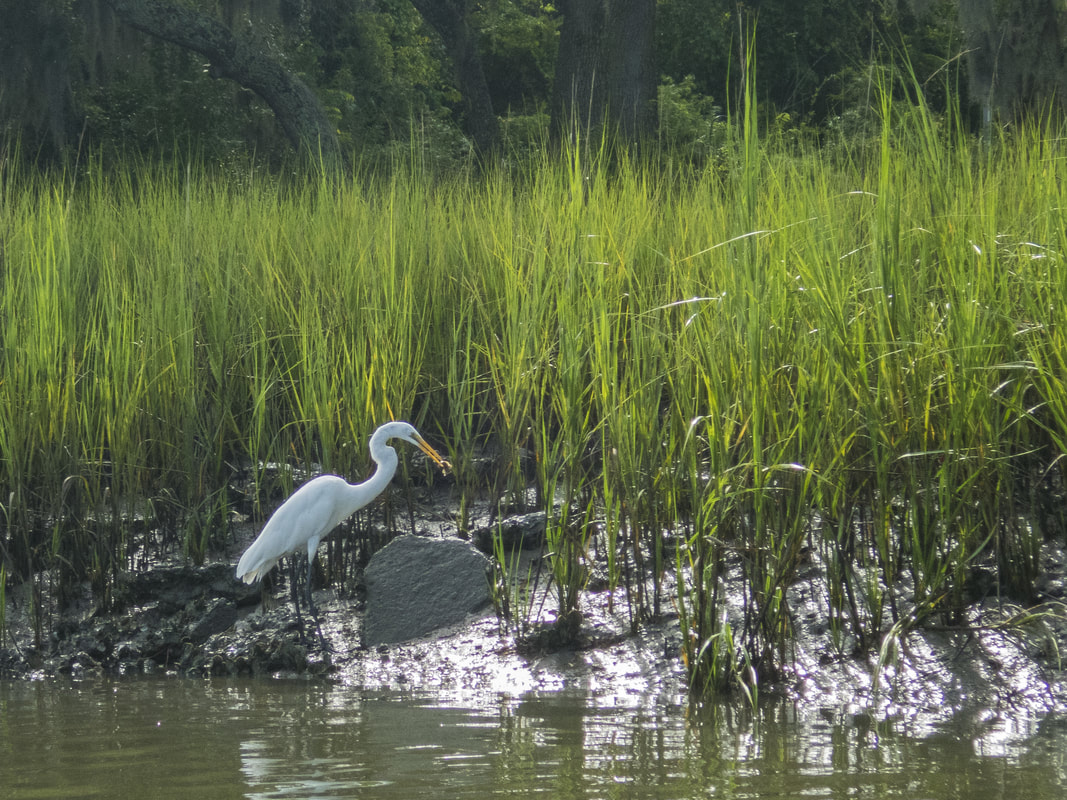 To get these images we needed to get close enough for the modest 100 mm extension on the Olympus TG5 camera we were using. It's waterproof and rugged, both good features when you are sharing a camera with your grandchildren around water. But also limiting. We were not going to get interesting images unless we could get within 10 to 20 feet. For those who are not camera buffs, the 100 mm lens is a preferred lens for portrait photography. When taking a head and shoulder photo, it depicts your subject accurately without distortion. For water birds, it is not ideal. If you can get close enough, though, the results can be pleasing.  Here we had the advantage of a nearby dock that I rowed above while young Dah Doo (her baby sister's nickname for her) handled the camera. As we floated log-like toward the dock and bird we were lucky and did not disturb the egret. Great fun for the grandfather and granddaughter. If you look closely at the middle image, which was actually taken after the last image, you can see in her bill the lunch she has just plucked from the water. In the last image, you can see her stalking that lunch. - - - - - Next week we will use these warm August days to inspire us to talk about when to visit the desert. All photos and text are copyright Clinton Richardson and DahDoo. :^) If you like these posts, please tell your friends about the Venture Moola blog at Readjanus.com. And, feel free to share this blog. The more readers the better. Click here to subscribe to a weekly email that tells you when we issue new entries. Or, click in the column to the left to follow us on Facebook or Twitter. One of my favorite wildlife photographers is Thomas Manglesen who lives in Jackson, Wyoming near Yellowstone and Grand Teton parks. Tom has made a life out of capturing moments in the wild. and many of his images are spectacular. You can see some of his images at this link. Tom teaches that wild animals have comfort zones around them. If you get within them they will react, usually by leaving. He also notes that walking directly towards a wild animal will cause them to react sooner than if you approach them by walking at an angle. Near a herd of Bison, he takes his students back and forth walking sideways to the herd to get closer. He also teaches that you can sometimes float close to a wild animal if you stay still and let the current take you toward the animal.
While floating I grabbed my camera out of its waterproof bag, and took a few photos while I drifted silently closer. The early evening light was perfect for the photo shoot as was the dark green and brown background of the island behind him. I adjusted the camera's aperture to obscure the background and highlight the bird. As I drifted, I watched and shot photos as he moved around. He seemed oblivious to me and the large orange "log" I was sitting on. And, as you can see, he continued his fishing. At this point, I was a good 10 minutes into my silent float and less than 20 yards from the bird. He was aware of me and looked at me from time to time but then went quickly back to his business, even lowering his head to get a drink of water. It was not until I drifted within 10 yards of him, that he finally started to think about flying off. When he did, it was with no sign of alarm. He just pulled himself up and flew off. I counted my blessings. I have been on the water for years without ever getting this close. I sat for a minute and started to think about packing up the camera. As I started to reach for the paddle, however, something told me to look around. When I did, I was greeted with this scene just 25 yards upstream. The heron or one of his cousins had landed in some floating brush and had no concerns about the floating orange lob nearby. All photos and text are copyright by Clinton Richardson. Moe images from the Jurassic Cove Gallery can be found at TrekPic.com, click New on the home page to be directed to the gallery.
If you like these posts, please tell your friends about the Venture Moola blog at Readjanus.com. And, feel free to share this blog. The more readers the better. Click here to subscribe to a weekly email that tells you when we issue new entries. Or, click in the column to the left to follow us on Facebook or Twitter. We start with a little background for the photos and this blog. The ecosystem that contains Yellowstone and Grand Teton together with parts of northwest Montana are the only places south of Canada that still have large populations of grizzly bears. Once the bears' range included the mountains and prairies of much of the American West. Now it is much more limited. Females can weigh up to 400 pounds and males almost twice that much. They are larger than their black bear cousins and more aggressive. They are impressive to see. Even their Latin name is impressive - Ursus arctos horribilis. Their color ranges from black to blond A single horribilis may range over hundreds of miles during his lifetime. A male might range as far as 2,000 miles over his lifetime. Females, as far as 550 miles. An estimated 700 bears make their home in the Yellowstone, Grand Teton ecosystem which includes about 20,000 square miles of territory. The males tend to be solitary and avoid roads. Females with cubs are what you are likely to see at a Yellowstone bear jam, as they seek the protection that comes from being in areas the male grizzlies avoid. Male grizzlies have been known to eat grizzly cubs. Their principal diet includes insects, rodents, elk calves, cutthroat trout, roots, pine nuts, grasses and large mammals. Females give birth during hibernation and stay with their cubs for two years. And, oddly, while the Park Service states that there is no evidence that grizzly bears are “overly attracted to menstrual odors,” their web site does post a series of recommendations to menstruating women on what to do to reduce the risk of an attack. Apparently, this is a topic of much discussion. The bears you are seeing are a mother and her old cub. Our encounter with them in Yellowstone followed a traditional pattern. We had disengaged Magic Mike (see our May 24 post – Magic Mike and the Otter) and were driving around the park on our own. When we headed south from Mammoth Hot Springs we were delayed by a team reconstructing the main road. The road team said there were of grizzlies in the area. Sure enough, when we exited the construction area we were greeted with the sight of dozens of cars pulled over and visitors with their cameras and binoculars looking to the west. We joined the group and watched a mother and cub tearing up wet ground and nuzzling below for acorns and other seeds that had been cached there earlier by pocket gophers. It was shocking to see how easily mother or cub could toss a tree trunk out of the way. A swipe of the paw was all it took to dispatch a large log. If you look closely at the previous picture you can see where the bears tilled the soil as they dug their way down to the pocket gopher caches. This was our last animal siting of the day. The bears took their time eating and walking over to a nearby stream to drink. We slowed down as well, drinking (sorry for the pun) in the scene and enjoying the cool soft air and the company of others watching the bears. So, what are you seeing above? The first photo is the cub with his nose muddied from all his digging. The second is the mom. The two are together in the third and forth photos which show the ground dug up and their stroll to a nearby stream. _ _ _ _ _ _ _ _ _ _ Next week we take a break and revisit a discussion from an earlier blog about whaling and venture capital. All photos and text copyright Clinton Richardson. These and other images from Yellowstone and Grand Teton are posted in the Wild Wyoming Gallery of the American West Collection in the TrekPic.com website. If you like these posts, please tell your friends about the Venture Moola blog at Readjanus.com. And, feel free to share this blog. The more readers the better. Click here to subscribe to a weekly email that tells you when we issue new entries. Or, click in the column to the left to follow us on Facebook or Twitter. |
the blog
Travel, history, and business with original photos.
your hostClinton Richardson - author, photographer, business advisor, traveler. Categories
All
Archives
July 2023
Follow us on Facebook
|
Check out Ancient Selfies a 2017 International Book Awards Finalist in History and 2018 eLit Awards Gold Medal Winner and
Passports in his Underpants - A Planet Friendly Photo Safari a 2020 Readers' Favorite Winner in Nonfiction
Site Copyright 2024 by Clinton Richardson
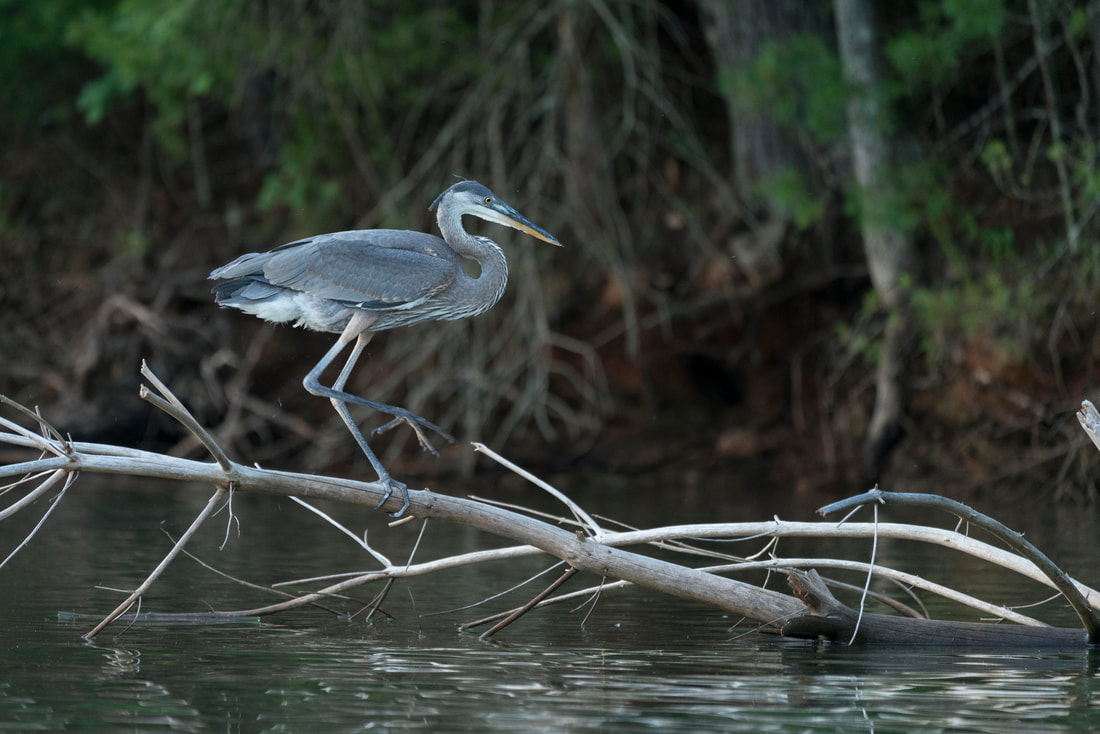
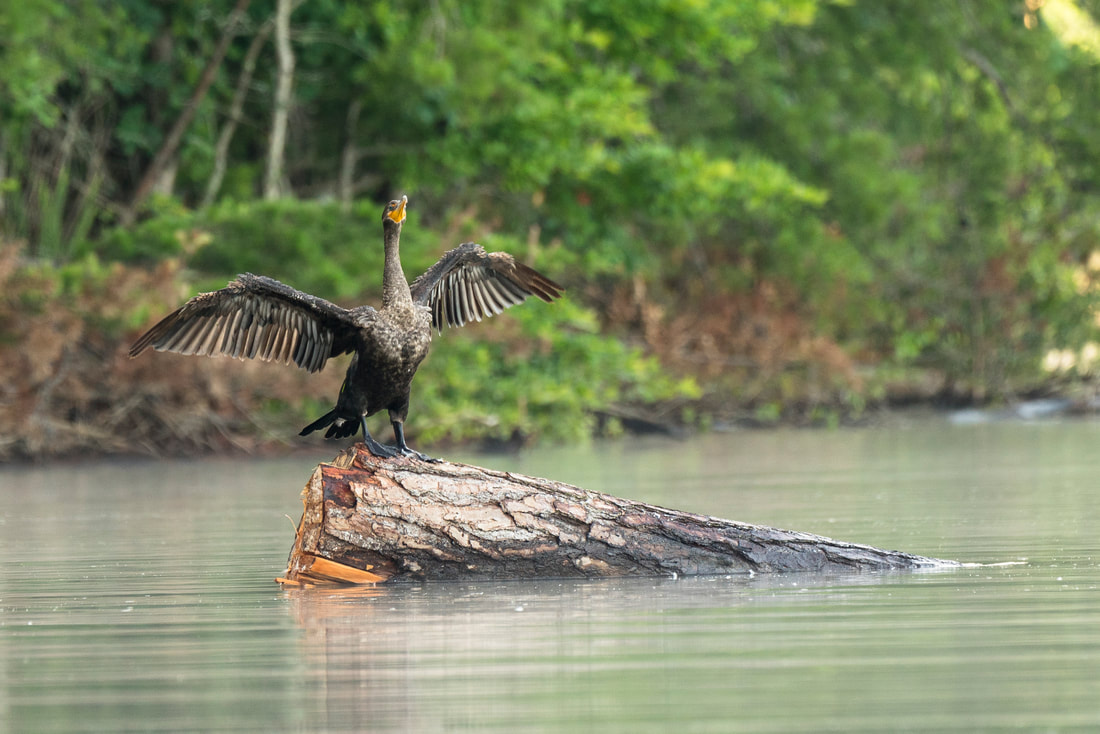





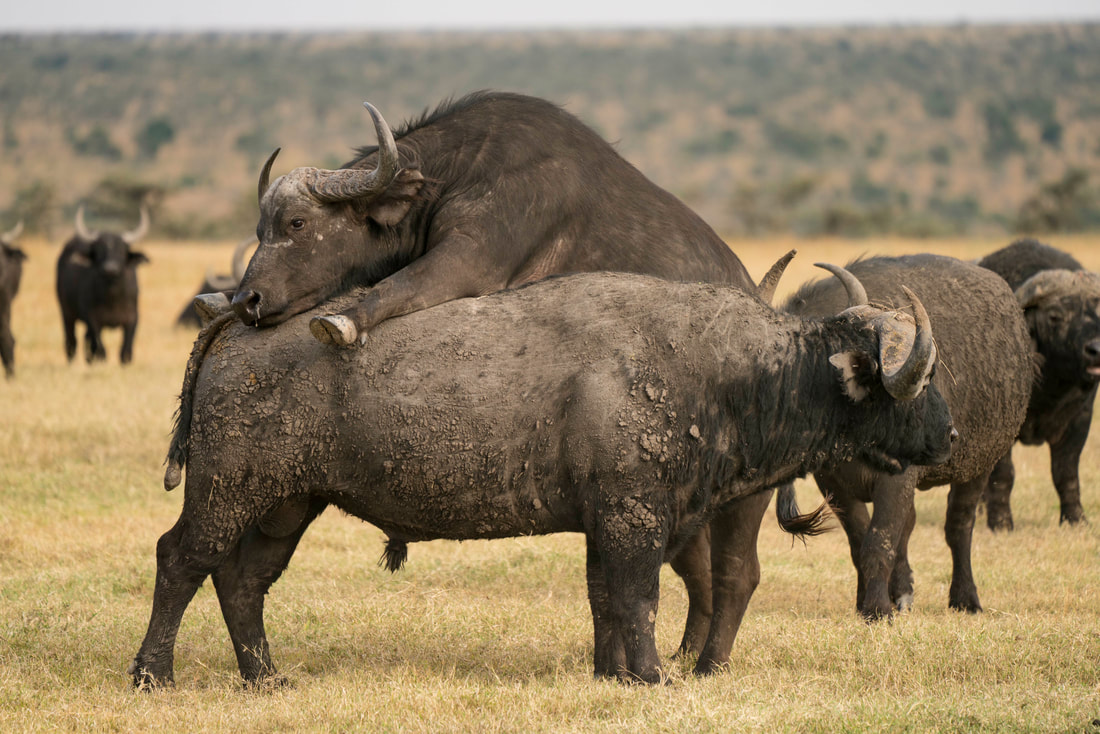










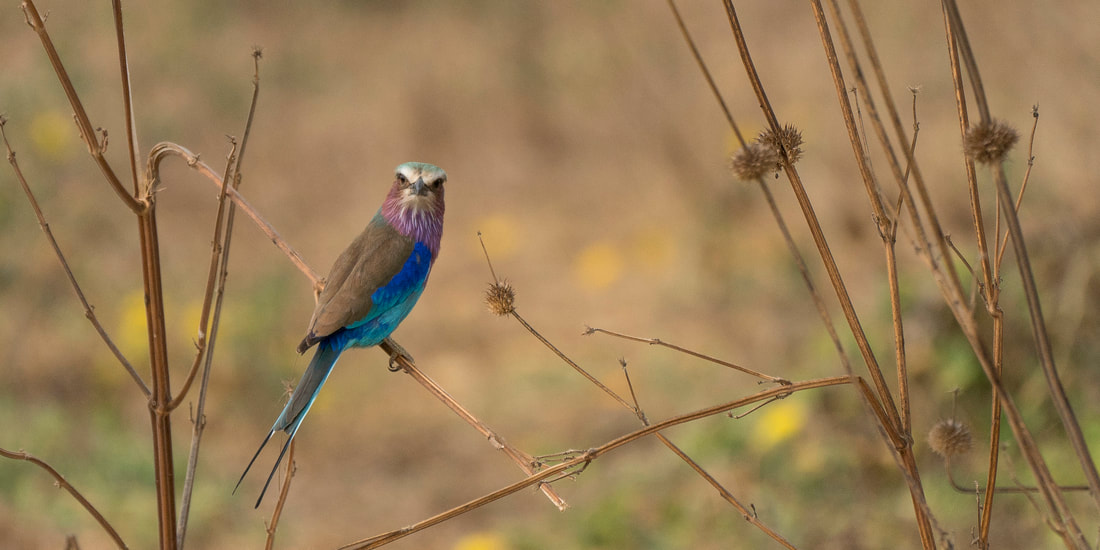




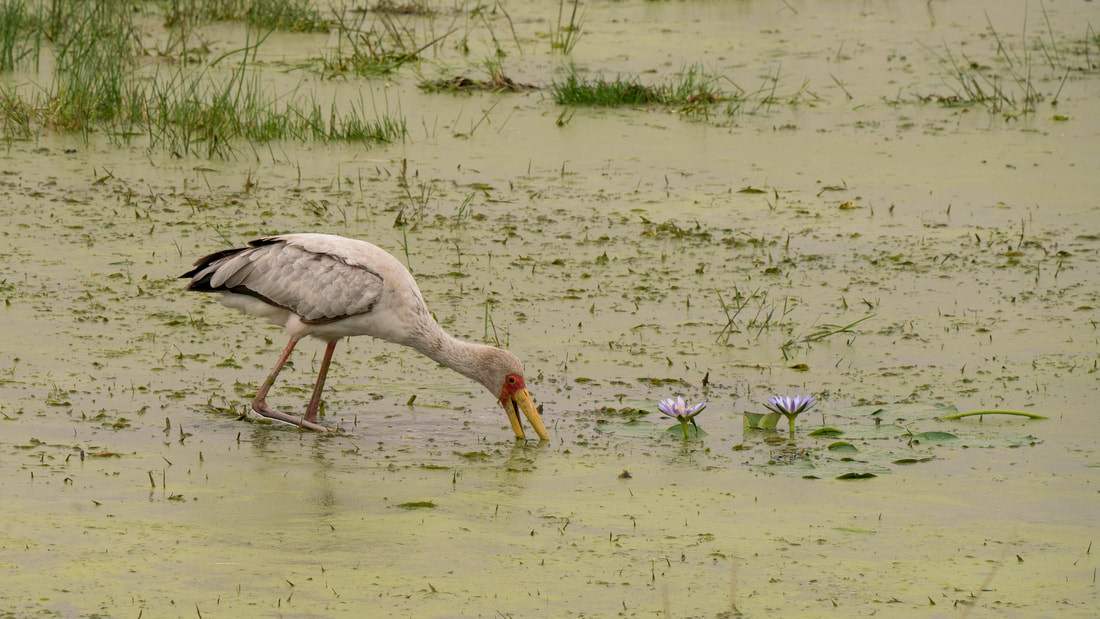

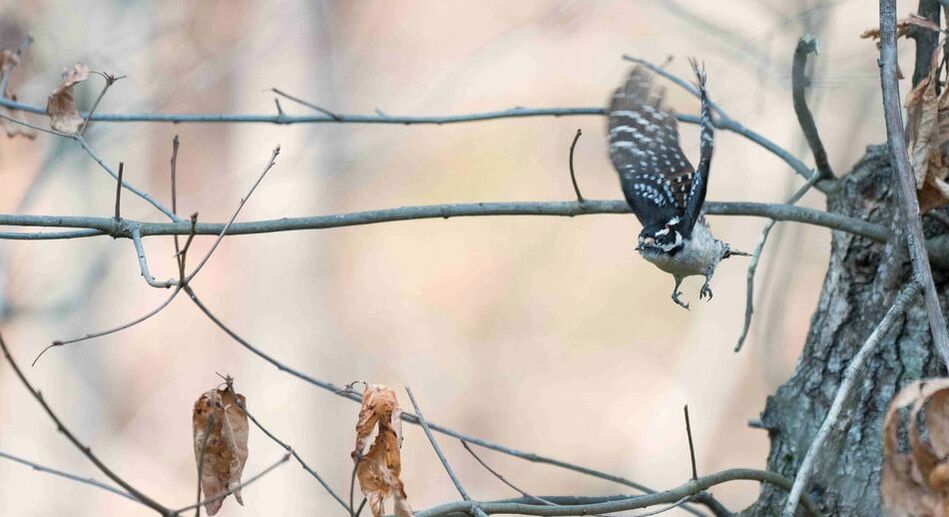


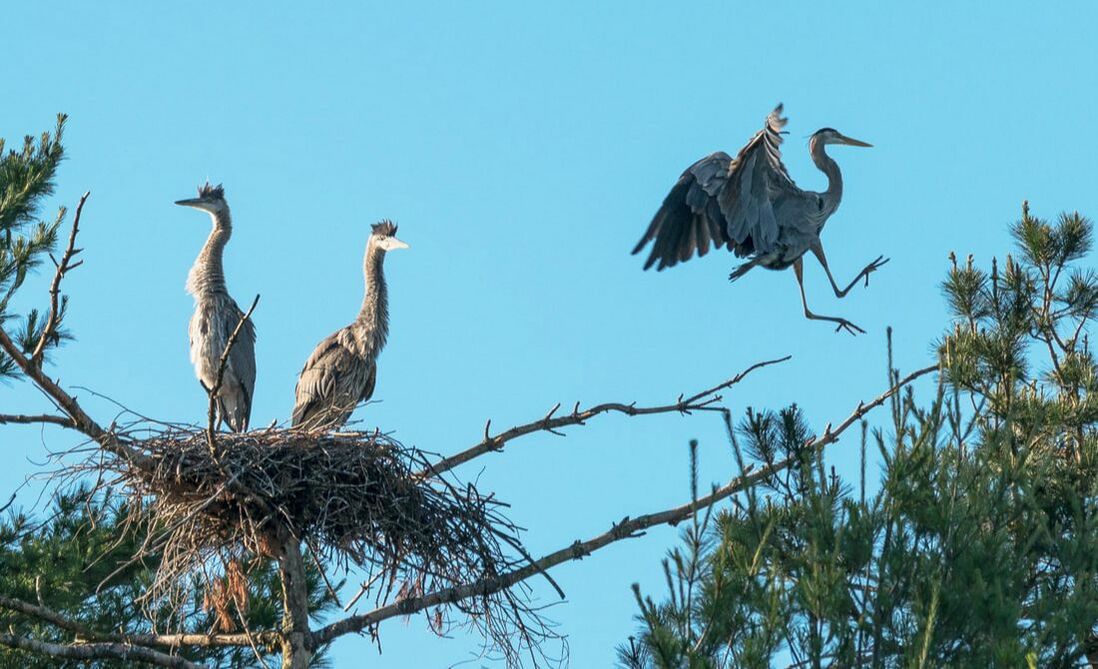
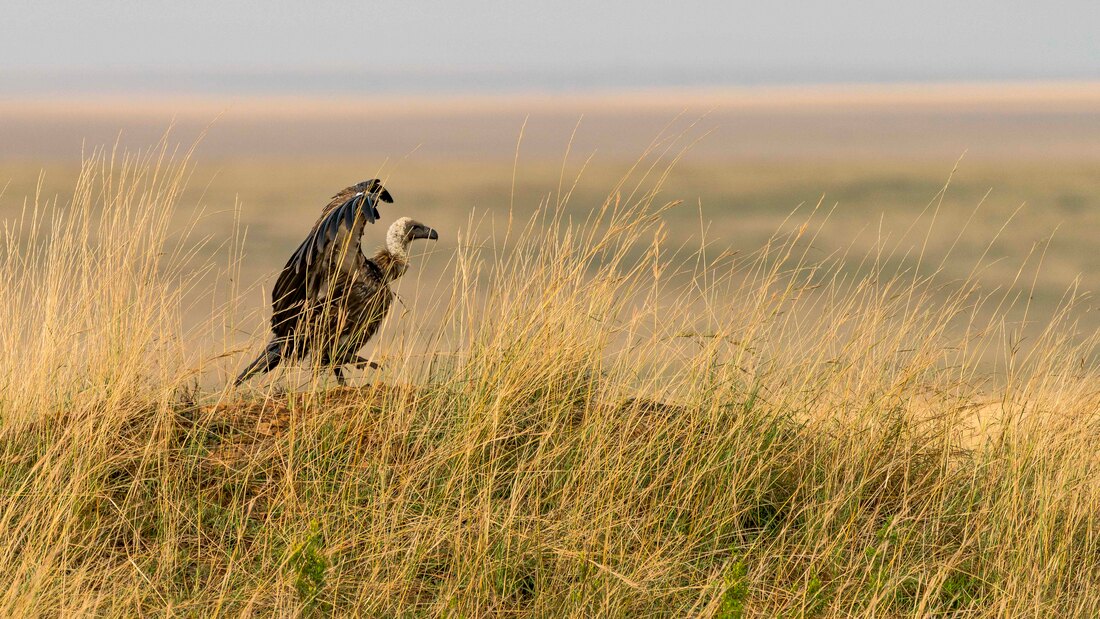


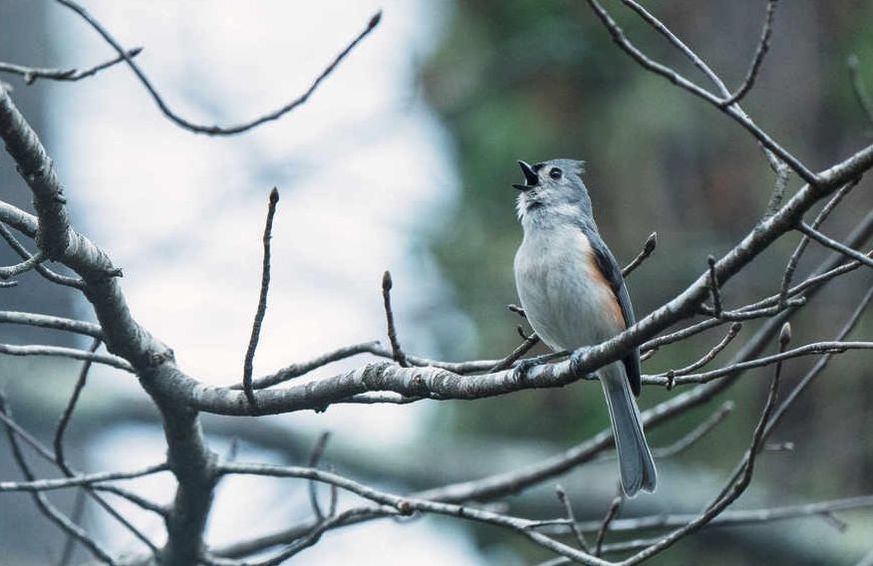
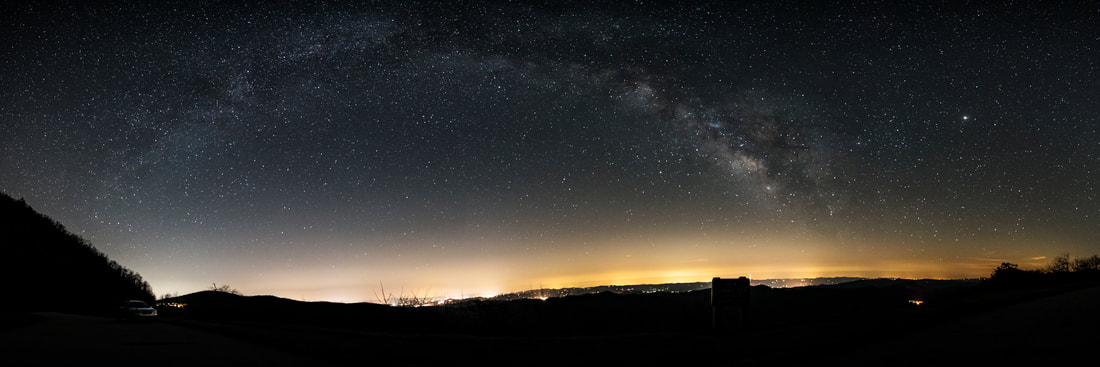



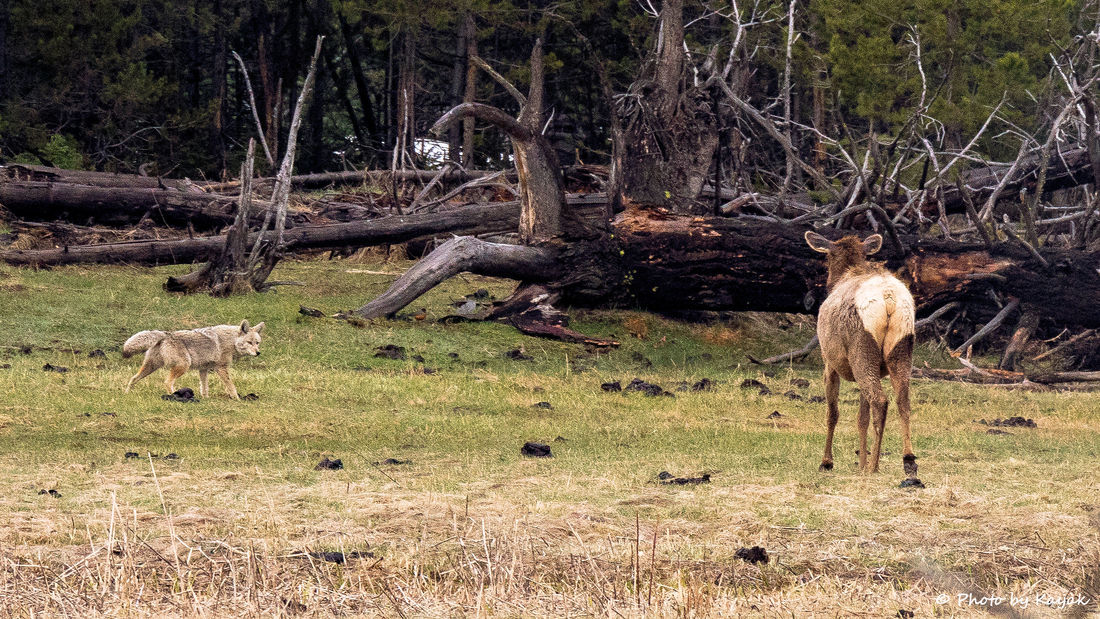

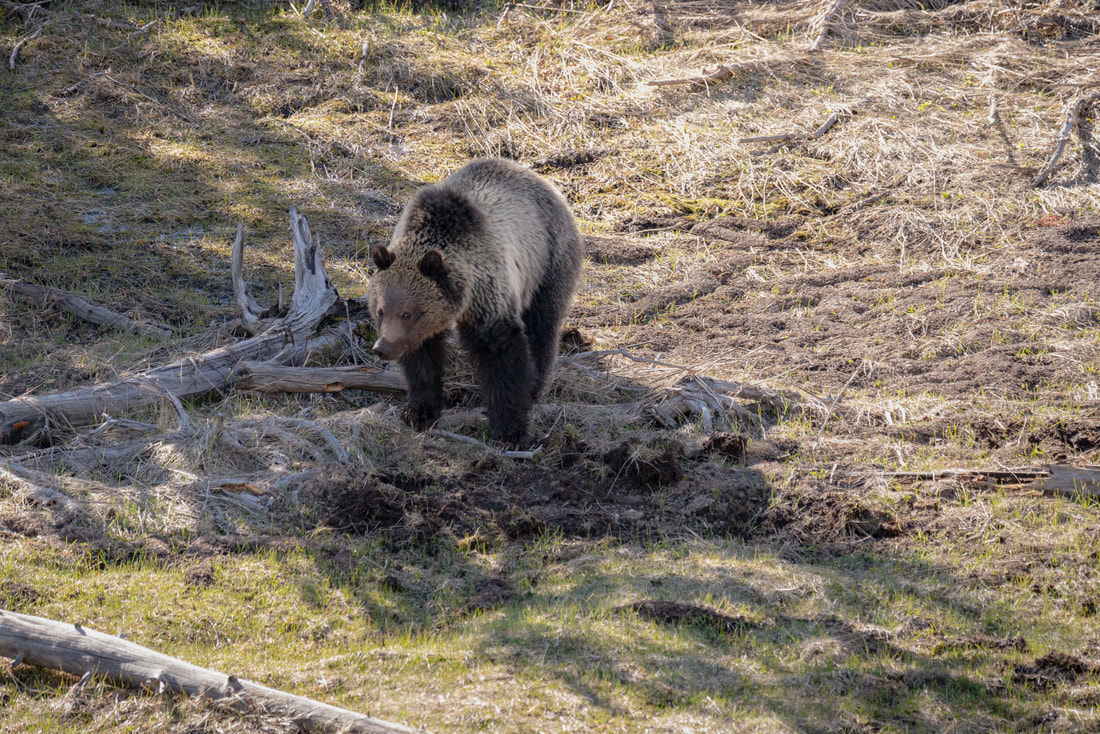


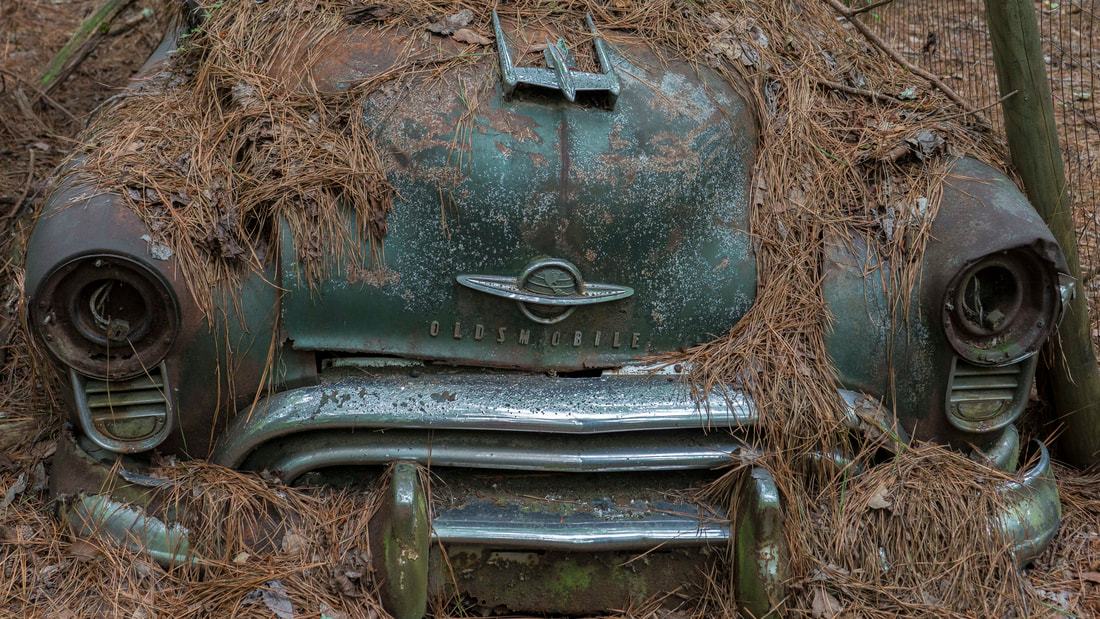


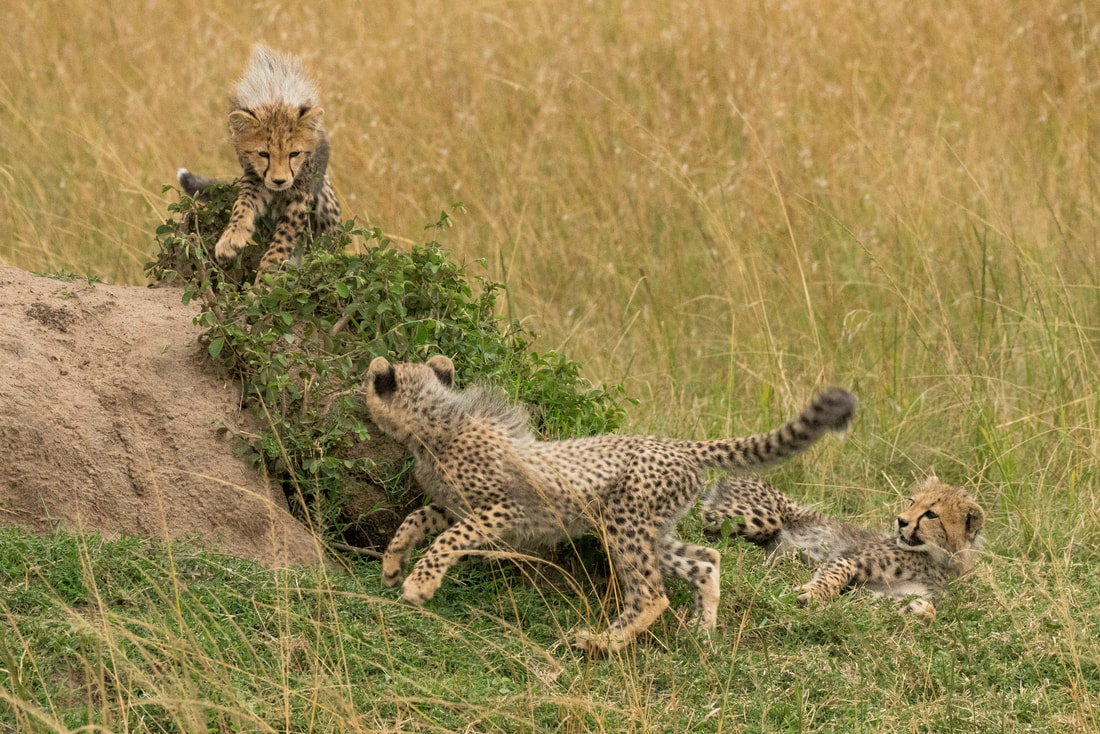
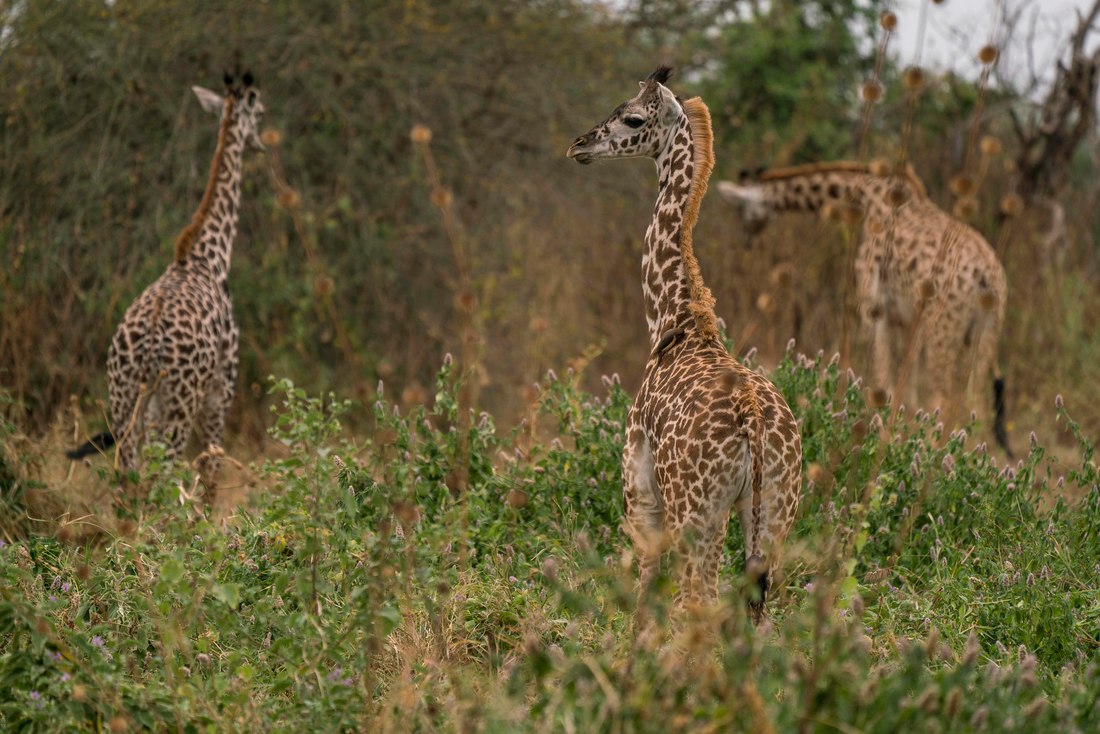
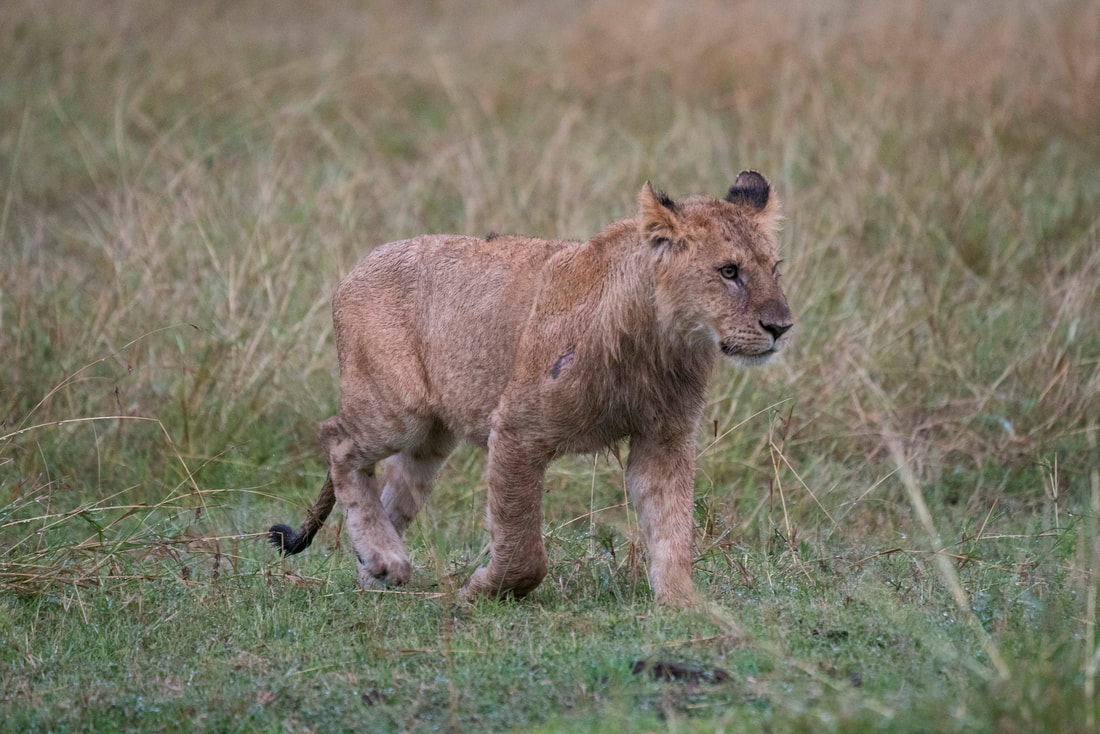






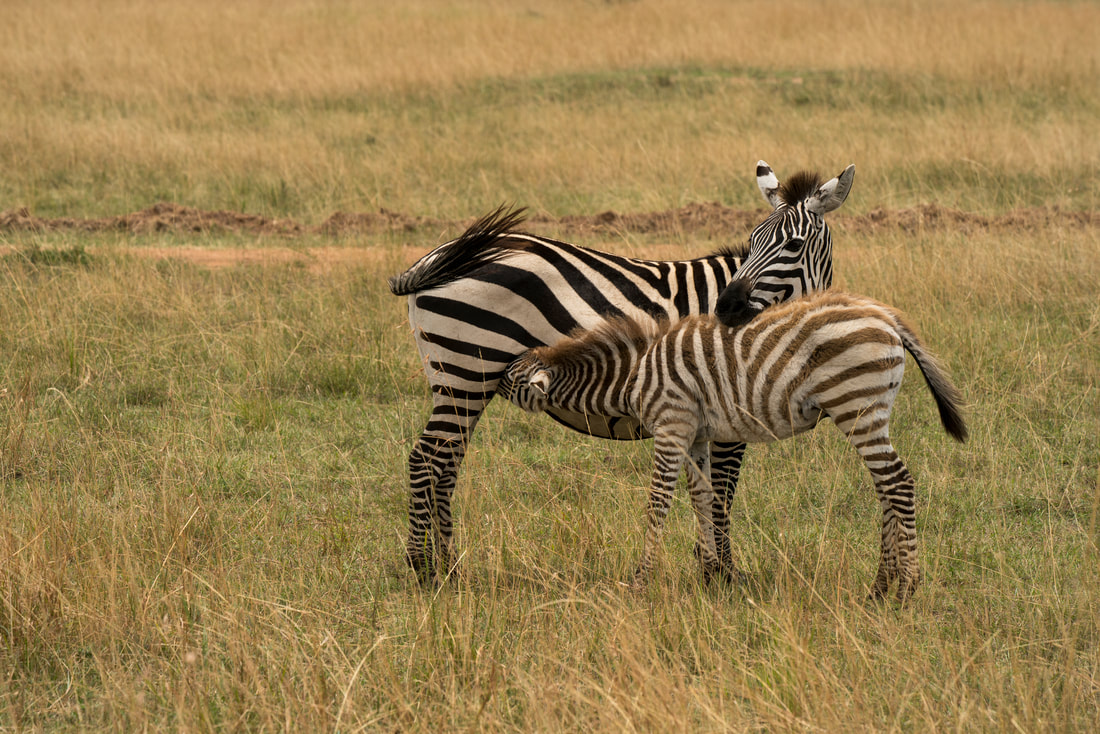



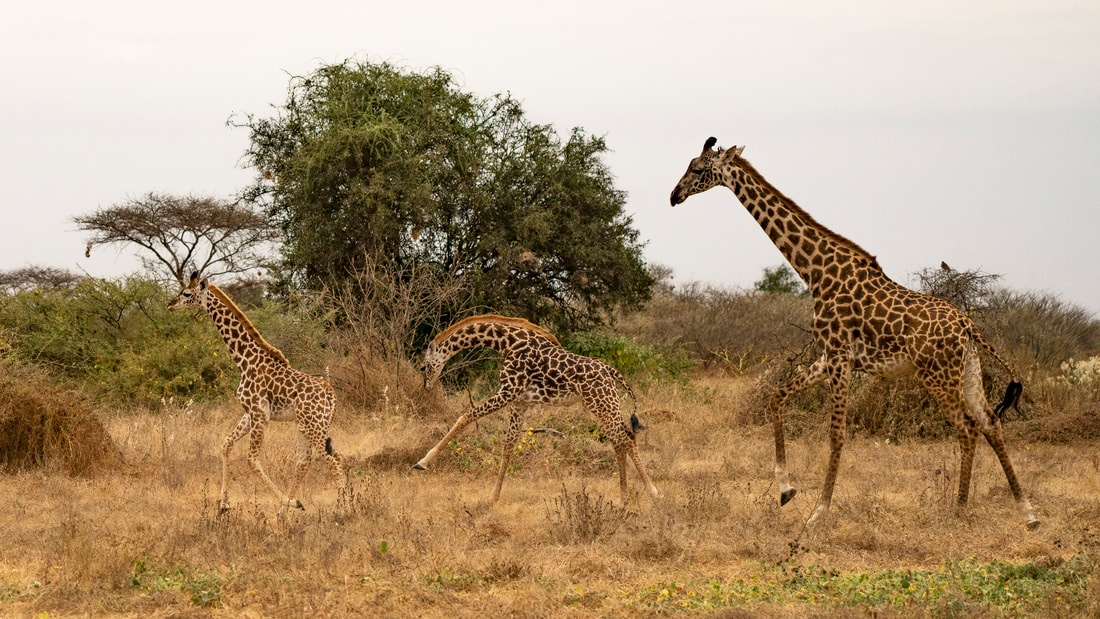



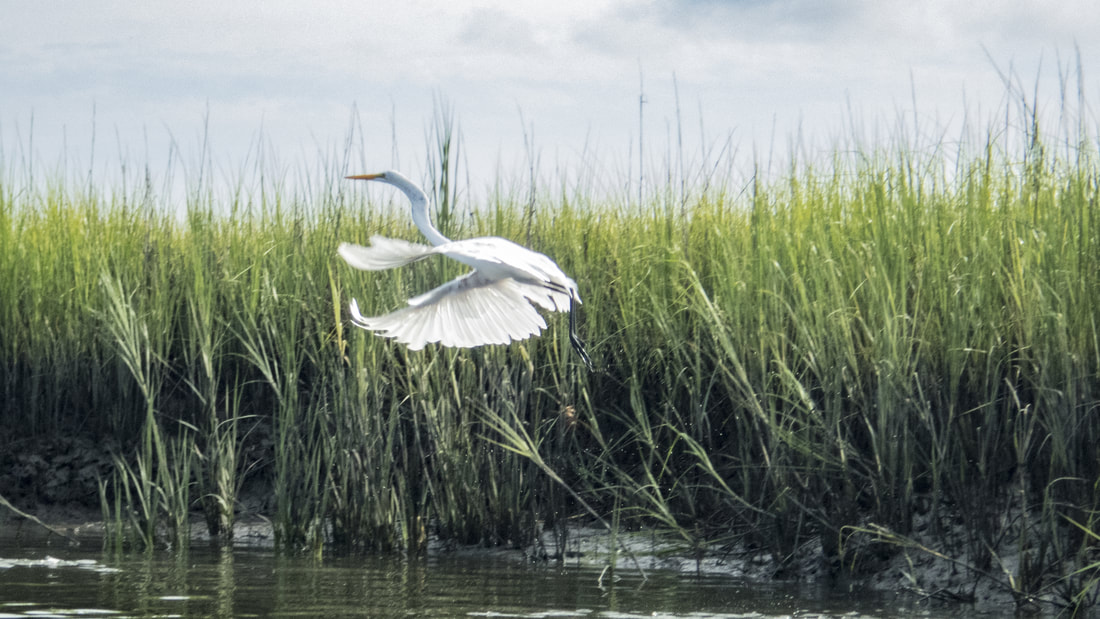
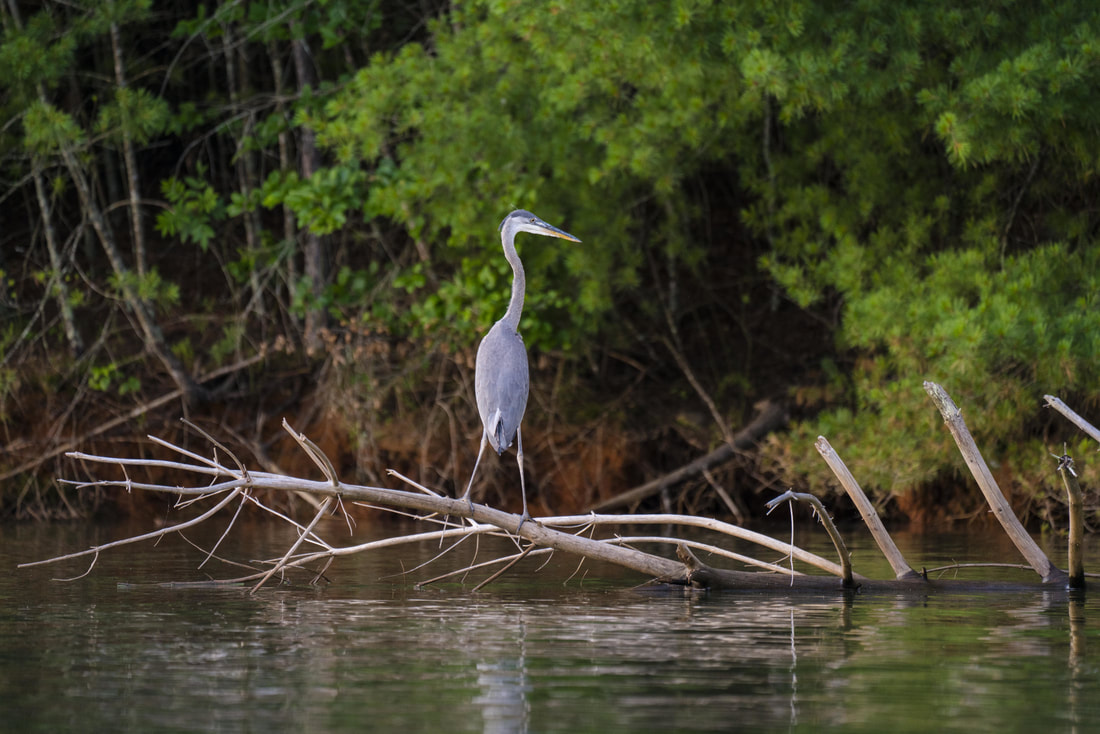





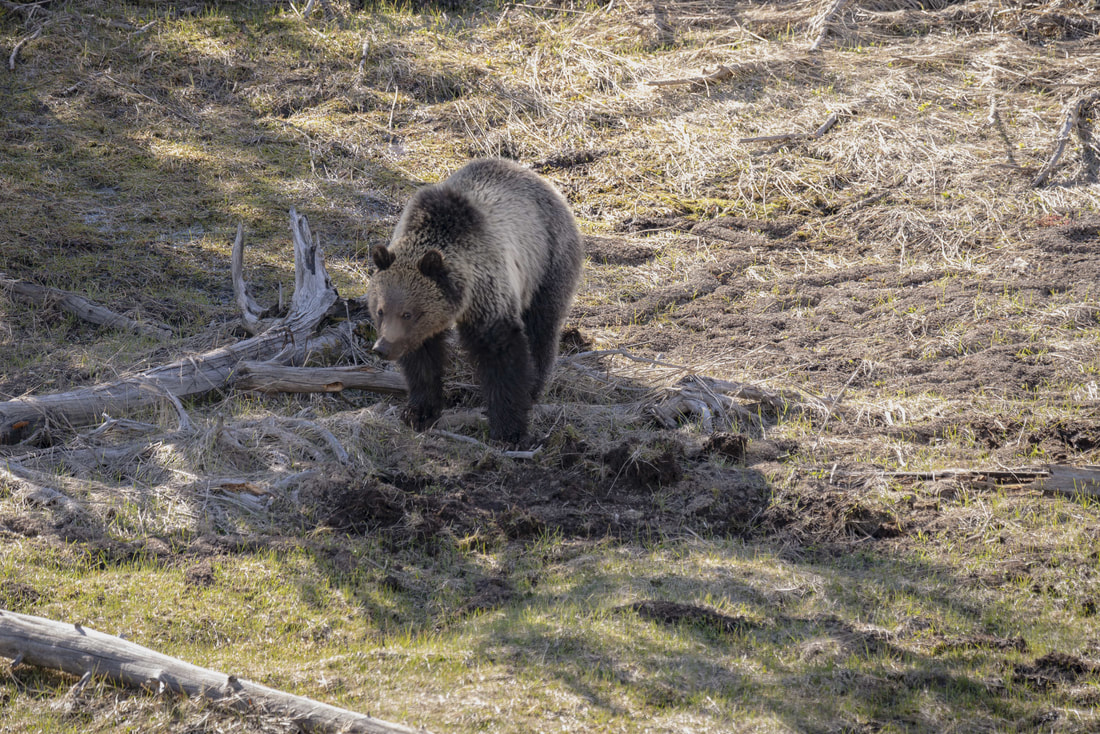


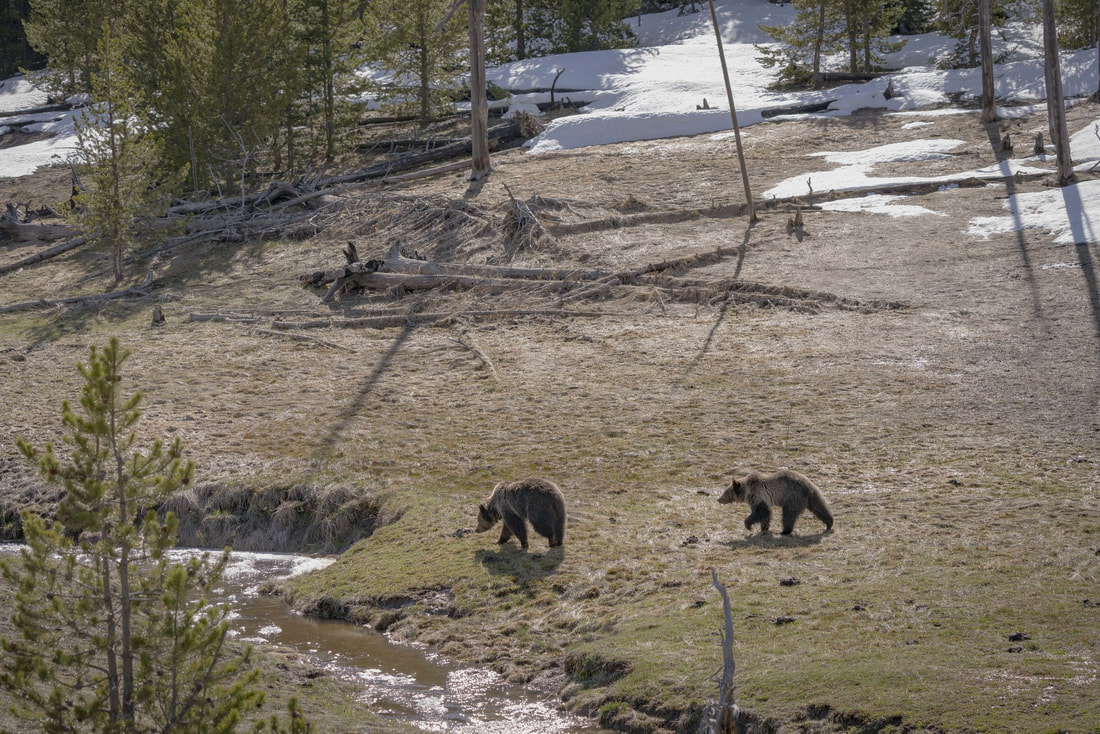
 RSS Feed
RSS Feed